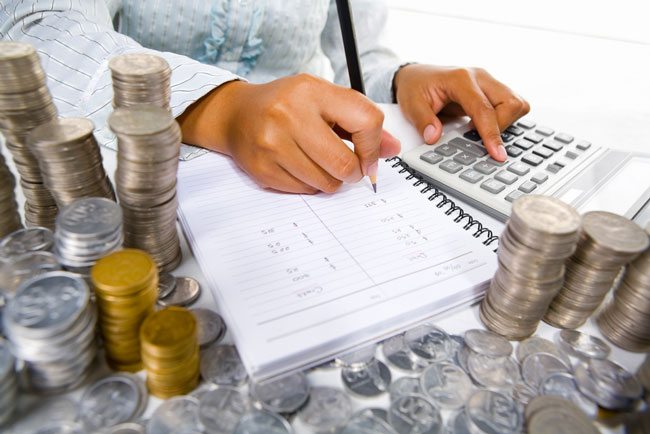But whether you’re an employee of your own limited company or of another company, tax on business expenses that you incur personally and that your employer pays you back for can feel like a complicated minefield.
Emily Coltman FCA, Chief Accountant to FreeAgent – which provides the UK’s market-leading online accounting system specifically designed for small businesses and freelancers – gives her top tips for navigating the expenses minefield when you’re an employee.
Step 1: Record your expenses
If you pay for business expenses from your own pocket, make sure that you record them carefully, and follow your employer’s process to submit them for approval so that your employer can reimburse you.
If you are sole director of the limited company that employs you, you should still record your expenses carefully. When the company reimburses you, it should do so promptly (perhaps once a month), and for only the amount you actually incurred – because if the company pays you back more than what you actually spent, you will have extra tax and NI to pay.
Step 2: Receive your P11D
Your employer should give you a form P11D after the end of the tax year, which shows how much you’ve been reimbursed for different expenses. Even if your employer is registered for VAT, these figures will include VAT because that was the amount that you were paid back.
Remember that even if you are the only director and shareholder in a limited company, if the company has paid you back for expenses, you will need to complete and submit a form P11D to HMRC, and keep a copy for yourself. You may be able to claim a dispensation, which we’ll look at shortly.
Step 3: Fill in the employment pages of your tax return
As an employee, you may have to fill in a tax return each year, and if you are a director you will almost certainly have to.
When you fill in the employment pages of your tax return, you need to include the amount of money you received from your employer in the tax year for expenses, which will come from your form P11D, in box 16.
HMRC will then see from the total in this box that you have received money from your employer that has not yet been taxed.
Then, so long as the expenses you have been paid back for are allowable business expenses, put these in the boxes for “Expenses you incurred in doing your job”, which are boxes 17-20 on the employment pages of your tax return.
This is the bit that gets you tax relief, because HMRC, having seen the figure in box 16, will realise that the money you have recorded here is all in respect of allowable expenses incurred doing your job, and so won’t charge you extra tax. Filling in boxes 17-20 gets you relief on the tax you would otherwise have paid if your employer had simply given you some extra cash that wasn’t in respect of expenses.
Normally, the total of boxes 17-20 will match the amount in box 16, which means you don’t have to pay any extra tax nor are you entitled to any money back from HMRC. We’ll look at what happens in other circumstances at step 5.
Step 4: Expenses to exclude
Some expenses don’t go on your tax return, nor do the money you received for them.
For example, if you travel on business in your own car and your employer pays you back per mile at HMRC’s set rates, this isn’t included either on your P11D or on your tax return.
Your employer can also apply for what HMRC calls a “dispensation”, which means that they don’t have to include certain expenses on form P11D. If your employer hasn’t put reimbursed expenses on your P11D, you don’t have to include them on your tax return.
If you’re the director of a limited company, it could save you a lot of time to have a dispensation, because this means you may be able to avoid completing forms P11D entirely. HMRC is more likely to grant your application for a dispensation if you have someone else, such as an accountant, checking your expenses.
Step 5: How this affects your tax calculation
Returning to the employment pages of your tax return, if the amount in box 16 is greater than the total of the figures in boxes 17-20, you will have extra tax to pay, because you’ve had more income than you’ve spent on business expenses.
But if the total of boxes 17-20 is greater than the figure in box 16, you could get some money back from HMRC.
One example of where this might happen is if your employer pays you back for mileage you’ve travelled in your own car, but at less than HMRC’s rates. In this case, you would put the amount you were actually paid for mileage into box 16, and the amount you would have been paid back if your employer used HMRC’s rates into box 17. This is so that you get tax relief on the amount that HMRC says you are entitled to receive on business mileage.
Emily Coltman FCA is Chief Accountant to FreeAgent, which provides the UK’s market-leading online accounting system specifically designed to meet the needs of small businesses and freelancers. Try it for free at www.freeagent.com


